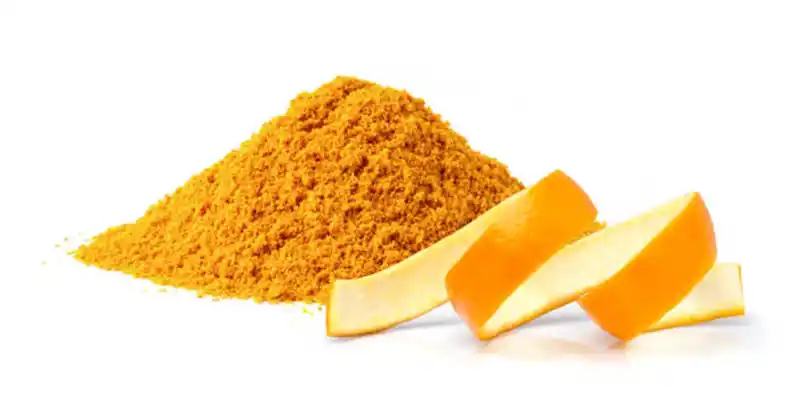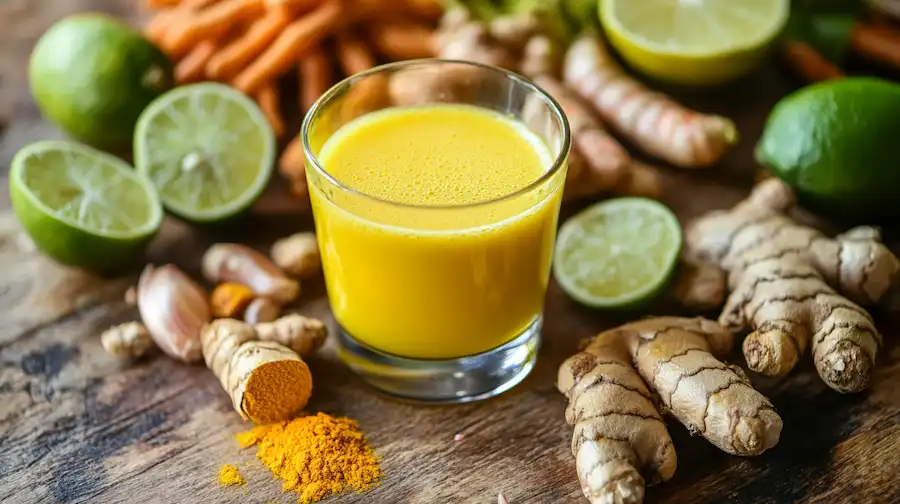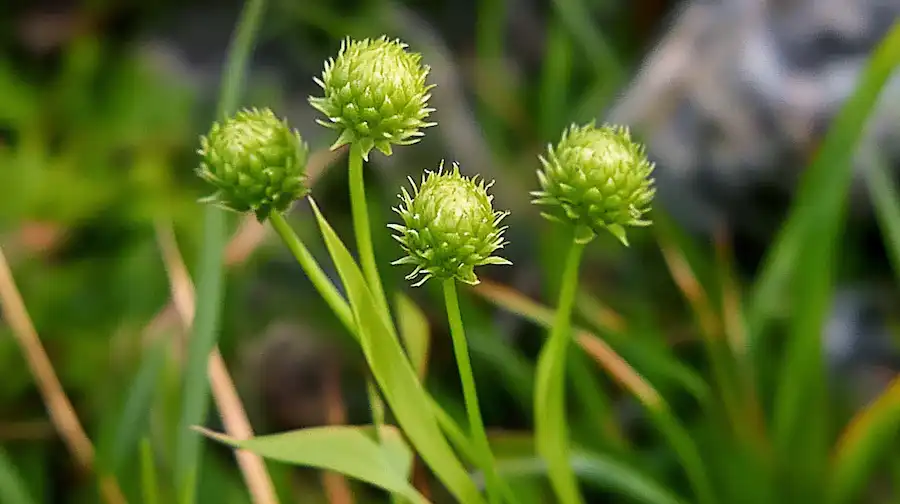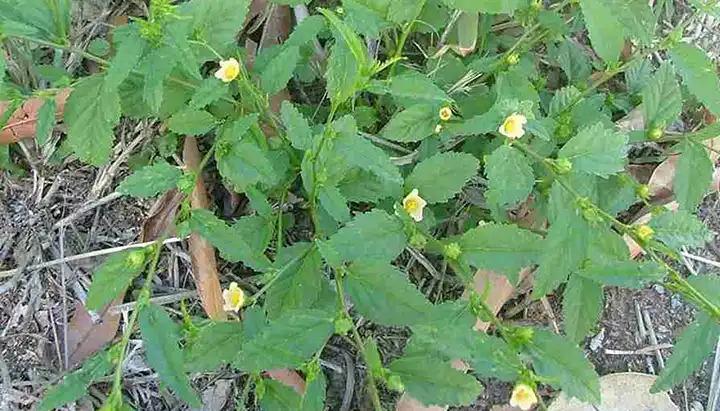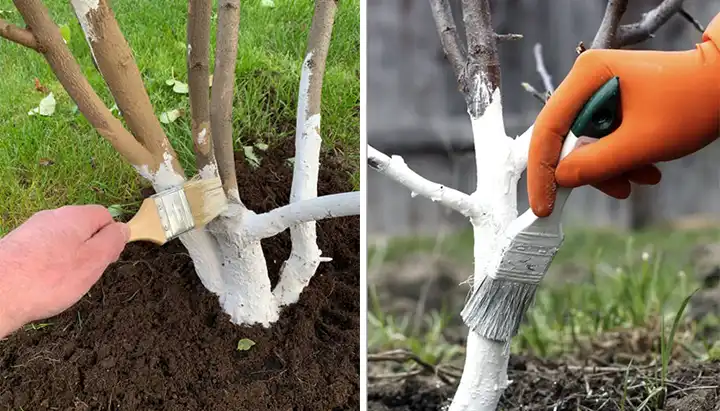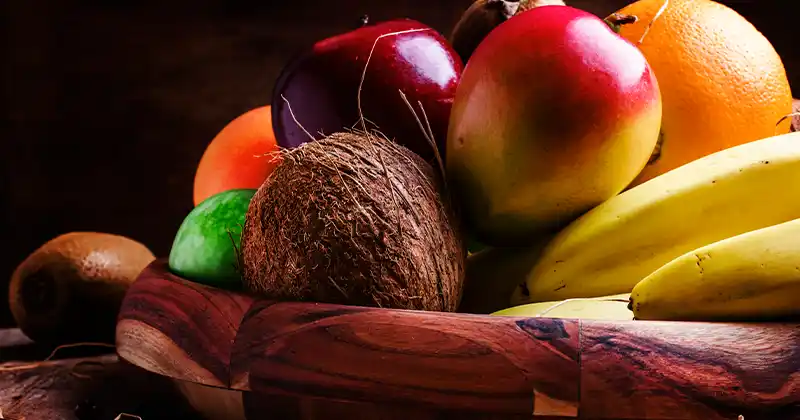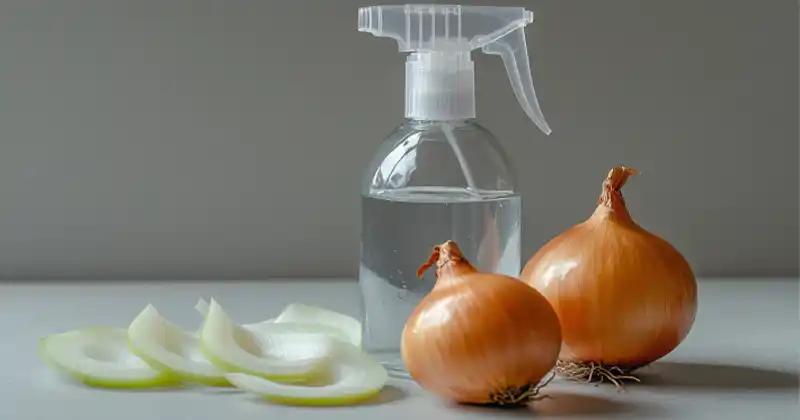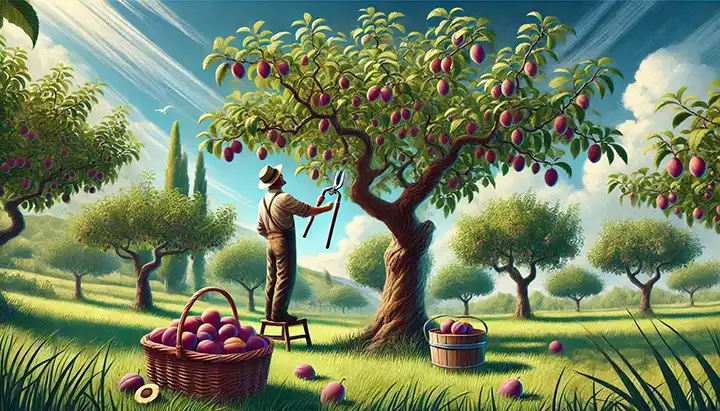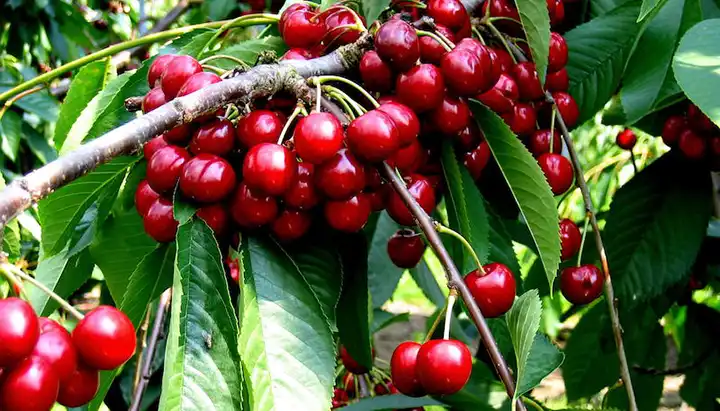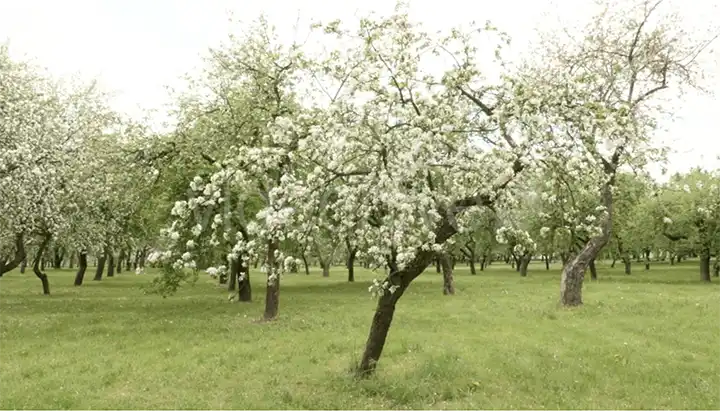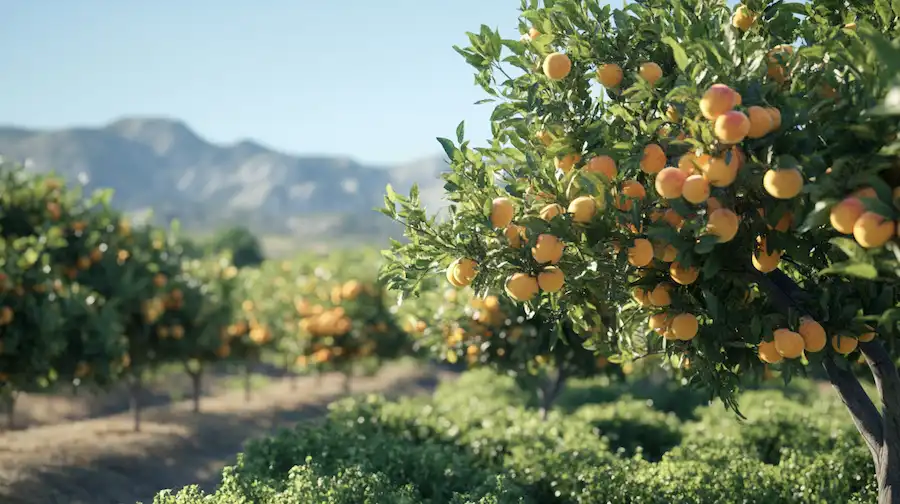Revitalize Your Garden Naturally: Harnessing the Power of Potato Peels
Welcome to the green-fingered world where sustainable practices meet innovative gardening! Today, we’re exploring a remarkably simple, yet effective, way to nourish your plants: using potato peels. Often discarded as waste, these humble kitchen scraps are, in fact, a treasure trove of nutrients. In this article, we’ll delve into two practical methods to transform potato peels into a potent natural fertilizer for your garden.

Why Potato Peels?
Potato peels are rich in essential nutrients like potassium, iron, and dietary fiber, making them an excellent resource for garden health. Potassium, in particular, is vital for plant growth, aiding in water retention, disease resistance, and overall plant vigor.
Method 1: Liquid Gold – Potato Peel Tea
Preparation
- Drying: Spread your potato peels out in a sunny spot and let them dry for 2-3 days.
- Crushing: Once dry, crush the peels into a fine powder. A blender or food processor works well for this.
- Mixing: Combine the powdered peels with water. Aim for a ratio of 1 part peel powder to 10 parts water.
Application
- Watering Plants: Use this nutrient-rich tea to water your plants. It’s particularly beneficial for plants needing a quick nutrient boost.
- Frequency: Apply this liquid fertilizer once every 2-4 weeks for the best results.
Benefits
This method ensures immediate nutrient availability to your plants, making it perfect for those in need of quick rejuvenation. It’s also ideal for container gardens and indoor plants where direct application of solid matter is impractical.
Method 2: Slow-Release Magic – Direct Soil Application
Preparation
- Drying and Crushing: Follow the same steps as in Method 1.
Application
- Direct Sprinkling: Sprinkle the crushed peels directly onto the soil around your plants.
- Working it In: Gently work the peel powder into the top layer of the soil.
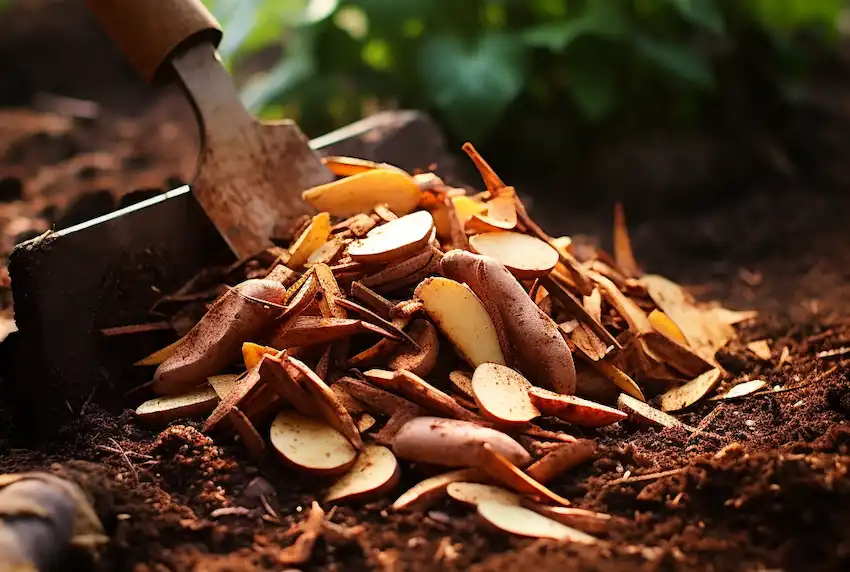
Benefits
This approach acts as a slow-release fertilizer, providing a sustained nutrient supply. It’s excellent for improving soil health over time and is especially beneficial for outdoor garden beds.
Additional Tips
- Balanced Diet for Plants: Remember, potato peels are high in potassium but may lack other nutrients. It’s wise to use them in conjunction with other organic matter to ensure a well-rounded nutrient profile for your garden.
- Pest Management: If you choose to sprinkle the peels directly, be aware of the potential for attracting pests. Monitor your garden regularly to avoid any unwanted guests.
The beauty of gardening lies in its harmony with nature, and what better way to embrace this than by utilizing what we already have in abundance? Potato peels, a simple kitchen byproduct, can be the key to a thriving garden. Whether you choose the liquid method for a quick fix or the direct application for long-term nourishment, you’re on the path to a more sustainable and fruitful gardening journey.
Happy gardening, and remember, every peel counts!
